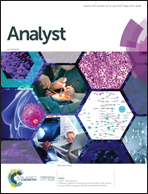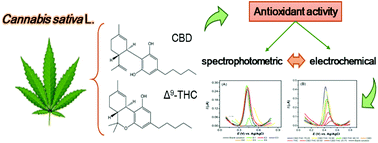“Acne is a common skin disease characterized by elevated sebum production and inflammation of the sebaceous glands.
We have previously shown that a non-psychotropic phytocannabinoid ((-)-cannabidiol [CBD]) exerted complex anti-acne effects by normalizing “pro-acne agents”-induced excessive sebaceous lipid production, reducing proliferation and alleviating inflammation in human SZ95 sebocytes.
Therefore, in the current study we aimed to explore the putative anti-acne effects of further non-psychotropic phytocannabinoids ((-)-cannabichromene [CBC], (-)-cannabidivarin [CBDV], (-)-cannabigerol [CBG], (-)-cannabigerovarin [CBGV] and (-)-Δ9 -tetrahydrocannabivarin [THCV]).
Viability and proliferation of human SZ95 sebocytes were investigated by MTT- and CyQUANT-assays; cell death and lipid synthesis were monitored by DilC1 (5)-SYTOX Green labelling and Nile Red staining, respectively. Inflammatory responses were investigated by monitoring expressions of selected cytokines upon lipopolysaccharide treatment (RT-qPCR, ELISA). Up to 10 μM, the phytocannabinoids only negligibly altered viability of the sebocytes, whereas high doses (≥50 μM) induced apoptosis.
Interestingly, basal sebaceous lipid synthesis was differentially modulated by the substances: CBC and THCV suppressed it, CBDV had only minor effects, whereas CBG and CBGV increased it.
Importantly, CBC, CBDV and THCV significantly reduced arachidonic acid (AA)-induced “acne-like” lipogenesis.
Moreover, THCV suppressed proliferation, and all phytocannabinoids exerted remarkable anti-inflammatory actions.
Our data suggest that CBG and CBGV may have potential in the treatment of dry-skin syndrome, whereas CBC, CBDV and especially THCV show promise to become highly efficient, novel anti-acne agents.
Moreover, based on their remarkable anti-inflammatory actions, phytocannabinoids could be efficient, yet safe novel tools in the management of cutaneous inflammations.”
http://www.ncbi.nlm.nih.gov/pubmed/27094344
http://www.thctotalhealthcare.com/category/acne/




1099-0690/asset/olbannerleft.jpg?v=1&s=94dd839c0b65e73a7f81fddc29bbb23abcaba5c9)



